You went out to run some errands, and your BMW wouldn't start when you got back. You tried to jump-start it, but that didn't work. If you're wondering why you can't jump-start your BMW, keep reading. We did our research to inform you of what you need to know.
The following are some of the reasons why you can't jump-start your BMW:
- Discharged battery
- Corroded terminals
- Faulty alternator
- Defective starter motor
- Improperly connected jumper cables
To properly jump-start your BMW, you will need to clean away any grime on the battery that could cause interference and make sure all jumper cable connections are secure. If the problem lies beyond the car battery, you will need to seek professional help.
In this article, you will learn how to jump-start your BMW using the proper steps. Not only that, but you will also learn what signs to look out for when identifying a dead battery. Continue reading to find out more.
What To Do When Your BMW Won't Jump-Start
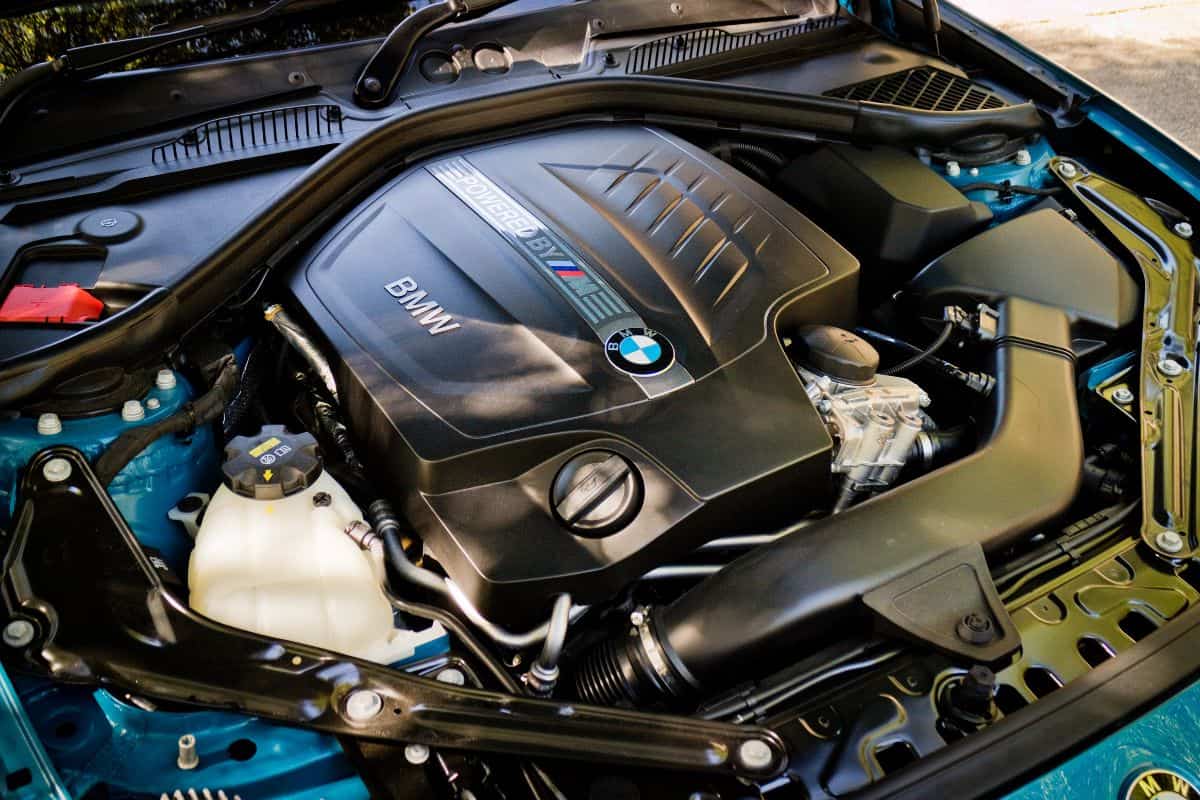
When it comes to jump-starting your BMW, there are several reasons it could fail. In this post, you'll learn how to deal with each one.
Discharged Battery
If your car battery won't jump-start even after connecting it to a fresh battery or a jump box, it has likely dropped below 12 volts. To determine whether or not this is the case, you can use a multimeter.
When facing this problem, let the battery charge for at least fifteen minutes. Then try firing up the engine. If it doesn't start, repeat the process.
Check out this multimeter on Amazon.
Corroded Terminals
When it comes to jump-starting a vehicle, a secure cable connection is key. If your battery looks like it has a lot of grime, the terminals may have corrosion.
To resolve this, you will need to disconnect the black cable, and then the red cable (be sure to wear gloves while doing this) of the battery and apply a battery cleaning product to the terminals.
You can clean out the grime with a wire brush and use water to get rid of any residue. Afterward, reconnect the cables tightly and try jump-starting your car again.
Faulty Alternator
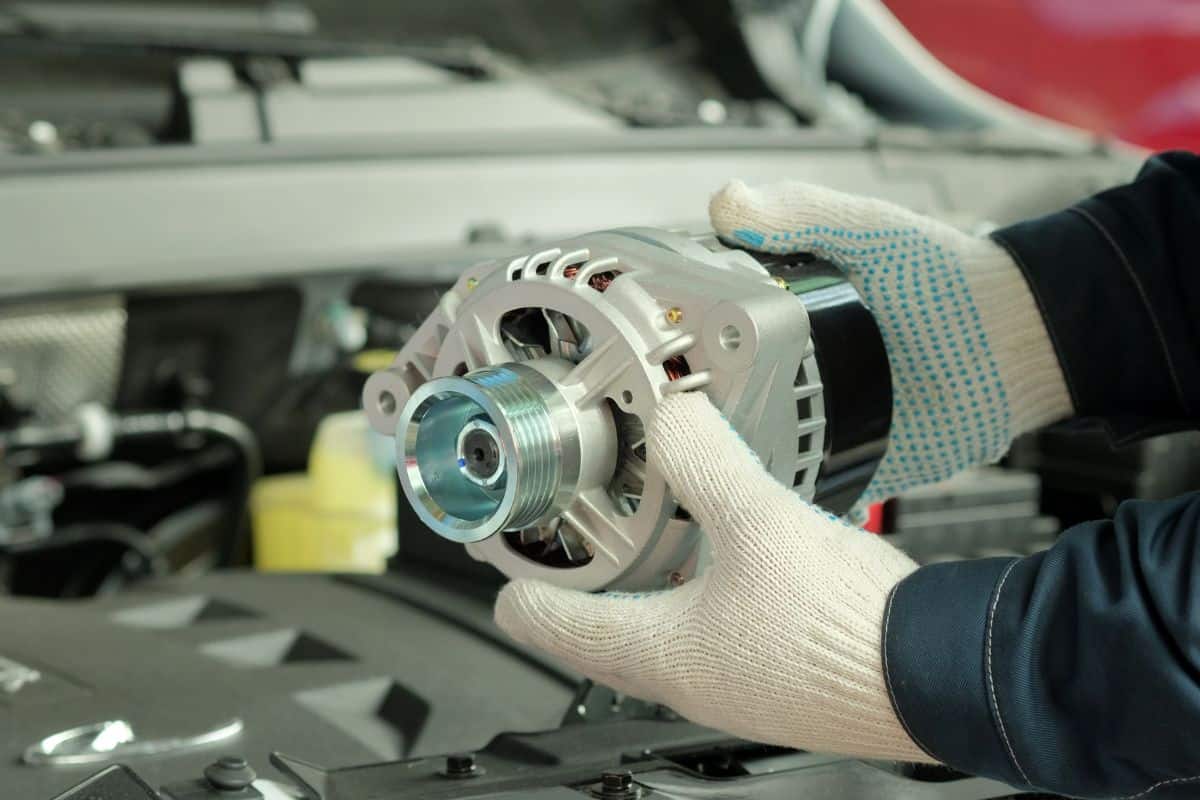
The alternator is responsible for restoring the power used by your car during ignition, and it helps recharge the car battery to a certain degree afterward. It's also responsible for providing the car's electronic features with the necessary energy to work.
If you notice that the lights inside your car are dimming or flickering, you may have a faulty alternator. This can make jump-starting your car doubly difficult. To resolve this issue, you should take your car to a mechanic and have them look at the alternator.
Defective Starter Motor
The starter motor is responsible for cranking the engine and getting it to start. Your car uses energy from the battery to start.
But even if your car battery is charging well, it's useless if the starter motor is defective. You can tell that's the case if a clicking noise comes from the engine. Similar to the alternator, the only way to fix this issue is by taking your car to a repair shop.
Improperly Connected Jumper Cables
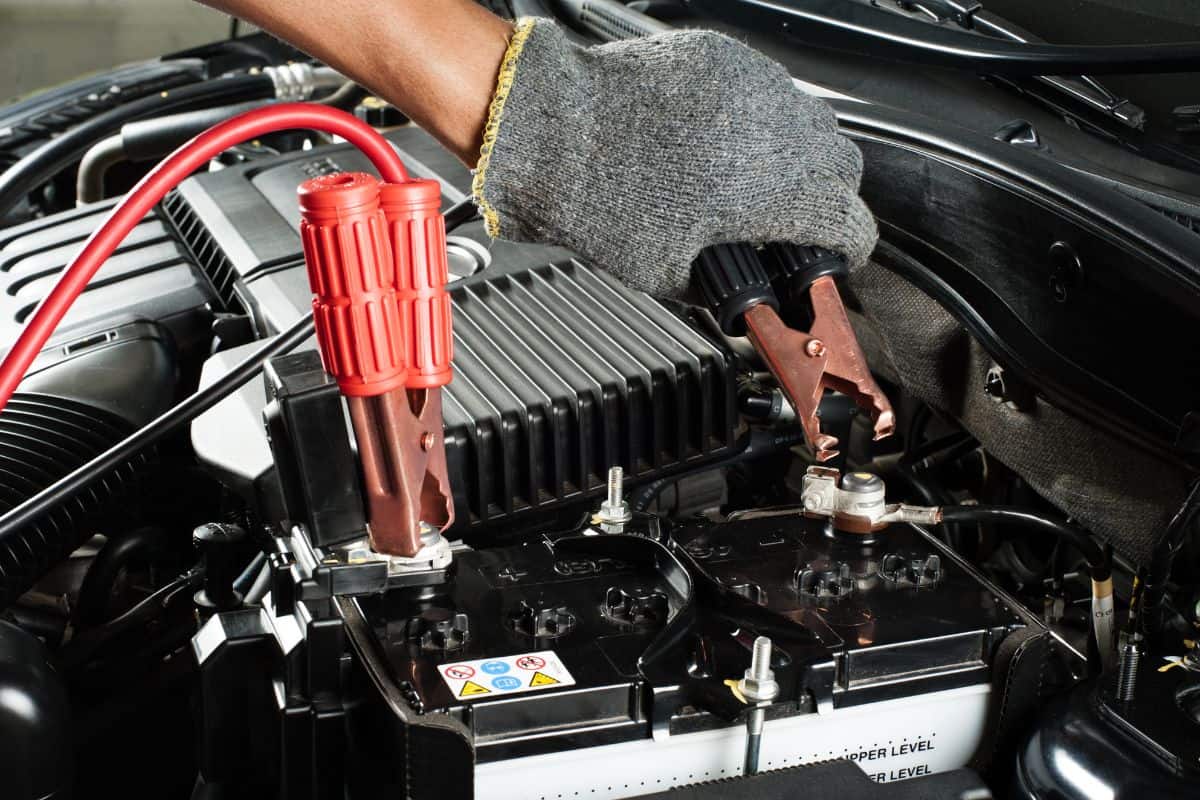
Last but not least, human error is another reason why your BMW won't jump-start. If you connected the jumper cables to the car battery incorrectly, a fuse could blow.
Additionally, the quality of your jumper cables can greatly affect whether or not your car will jump-start. Cables that are the wrong length or have high internal resistance are unable to carry enough current to charge up the battery.
Replacing them with jumper cables of better quality will resolve this issue.
Check out these jumper cables on Amazon.
How To Jump-Start A BMW
Now that you have an idea of why your BMW won't jump-start and what to do, it's time for you to learn how to properly jump-start it. The following steps will guide you.
Seek Help
Call friends or family members to let them know your car won't start. If they're nearby, ask them to help jump-start your car. You may also be able to find a fellow driver with jumper cables who can help.
Attach The Jumper Cables
Once you've found help and both cars are ready, it's time to attach the jumper cables. Raise the hoods of both cars and attach one of the red clamps to the positive terminal of the working car's battery. Next, connect the black clamp to the negative terminal of the working car's battery.
Then attach the red clamp to the red terminal of your car's dead battery and the black clamp to an unpainted metal area on your car's frame.
Charge The Battery
After making sure that the cable connections are secure and there's no other issue with your vehicle, you should let your dead battery charge. To do this, ask the driver of the working car to start its engine.
Allow the working car to run for a few minutes. Your car battery needs enough time to sufficiently recharge before you try to start the engine.
Check out this car battery on Amazon.
Try Starting The Engine
Once the working car has run for a while, you can try starting the engine. If it still doesn't start, let the engine charge for a little longer.
If your engine won't start after multiple attempts, then it's safe to assume that the battery is either totally dead or another issue is at play. In this situation, it's best to have your car towed to an auto shop.
Detach The Jumper Cables
If the engine does start, you can detach the cables. To do this, you just need to do the opposite of the step covered above.
Detach the black clamps and then the red clamps. Do not let the clamps come into contact with each other. Then close the hood.
Keep The Engine Running
After detaching the cables, don't turn off your car's engine, or you'll be back at square one. Drive your car at a low speed for at least fifteen minutes to allow the alternator to recharge the battery.
What Are The Symptoms Of A Dead Battery?
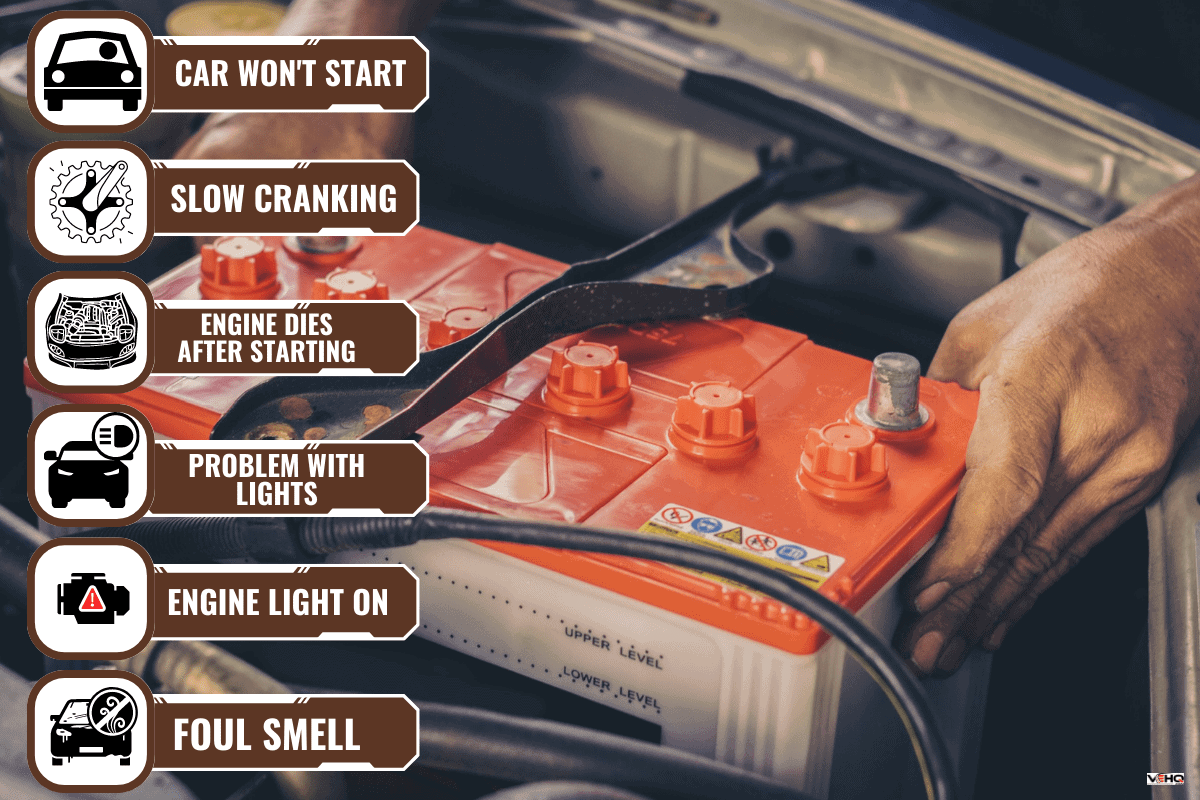
When it comes to figuring out whether your car has a dead battery, you need to be aware of the symptoms.
Car Won't Start
The easiest and most obvious symptom to recognize is that your car's engine won't fire up. Ignition failure is a clear-cut symptom that your car has a dead battery.
If the weather outside is extremely cold, the car may take longer to start. But if that doesn't work, it's time to bring out the jumper cables.
Slow Cranking
If you can hear the starter motor crank slowly, there are two reasons for this. You're either dealing with a dead battery or a faulty starter.
If your starter motor is cranking at normal speed and the engine still won't start, the problem may be due to a faulty fuel or spark plug.
Engine Dies After Starting
In some cases, the battery may have enough juice to start your car but won't be able to provide the necessary power to maintain the engine.
As a result, the engine control module is unable to receive signals. When this happens, the car battery will die, and the alternator will not have time to recharge the battery enough for it to work properly.
Problem With Lights
The battery is responsible for powering electronic features in your car. As a result, dimming, flickering, or malfunctioning lights could mean that the battery is out of juice.
Another thing to note is the sounds your car makes when you open the door or start the engine. If you don't hear any sounds, that's also an indication of a dead battery.
Engine Light On
If the check engine light is on, that's a sign something is wrong with your car. This could mean a variety of things, one of them being that your battery is dead. You should take your car to an auto shop when this happens.
Foul Smell
If you notice the smell of rotten eggs in or around your car, check underneath the hood. If you notice that your car's battery is leaking, do not touch it. The liquid is battery acid, and it can harm your skin.
To Wrap Up
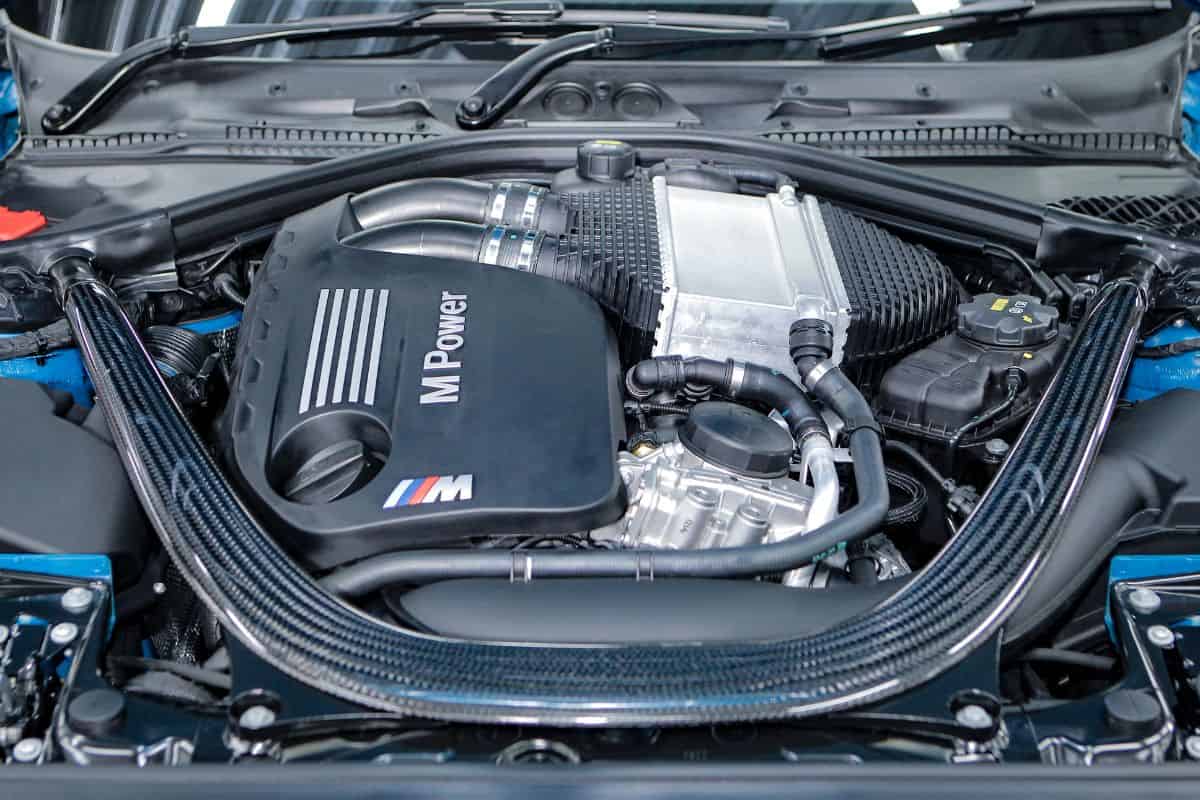
If your BMW won't jump-start, check the jumper-cable connections and let the battery charge for at least fifteen minutes before attempting to fire up the engine.
If the issue doesn't lie with the battery or the jumper cables, check the alternator and starter motor for problems. If you can't identify the issue, take your vehicle to a garage and let a professional inspect it.
Did you enjoy reading this article? If so, check out the posts below for related topics regarding BMWs:
My BMW Check Engine Light Is On But Gives No Message Or Codes; Why? What To Do?
Is Your BMW Active Grille Not Opening Or Closing? Here's What To Do!



